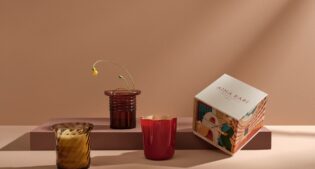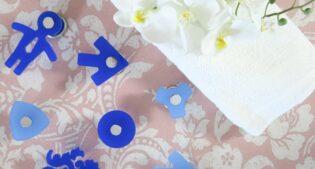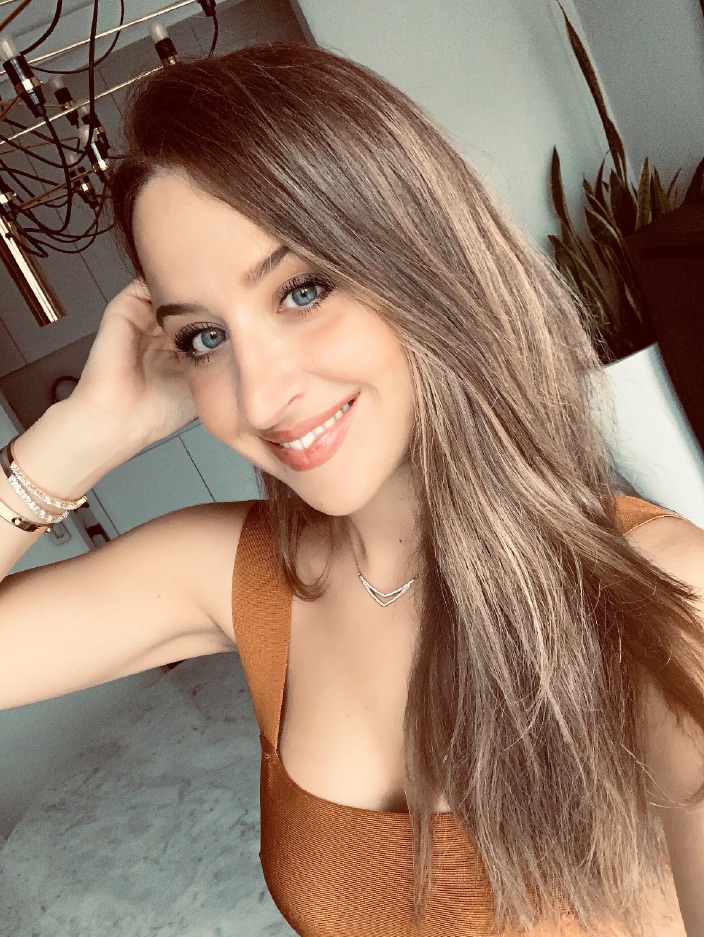We met in Venice, in a suite of Palazzo Canova, a few steps from the Rialto Bridge, surrounded by the scent of her candles. Among stories and insights, the authentic face of Aina Kari emerged. It’s the one of Marina Cighir, who, after many years of working for renowned brands of scented candles and lifestyle in Italy and abroad, has chosen to give life to a personal project. She works by combining Italian craftsmanship and creative minds of this olfactory journey.
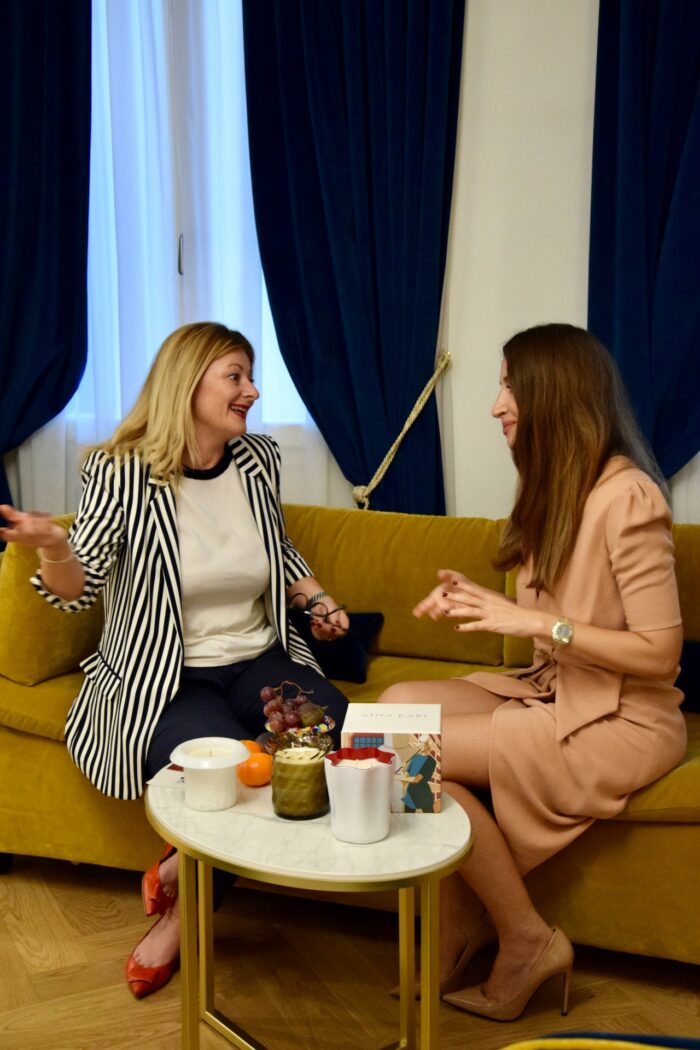
Marina, I want to start this interview by thanking you for this opportunity for discussion. I would like to let our readers know not only the face of Aina Kari but also the more intrinsic reasons that led you to make your design choices.
With Aina Kari I want to communicate the best of the best of Italy, of craftsmanship, of its manufacturing sector. I wanted to be represented by a person who comes from the world of design and who conceives beauty as a value. And that’s why I chose you. I wanted there to be coherence between our worlds and that Aina Kari’s values emerge thanks to a glance like yours. Only aesthetics, when it is not also shared by those who are spokespersons for the sector, could get lost along its natural path. Instead, to me credibility is fundamental, both in the collaborators I choose and in the raw materials I use and in all the relationships I establish.
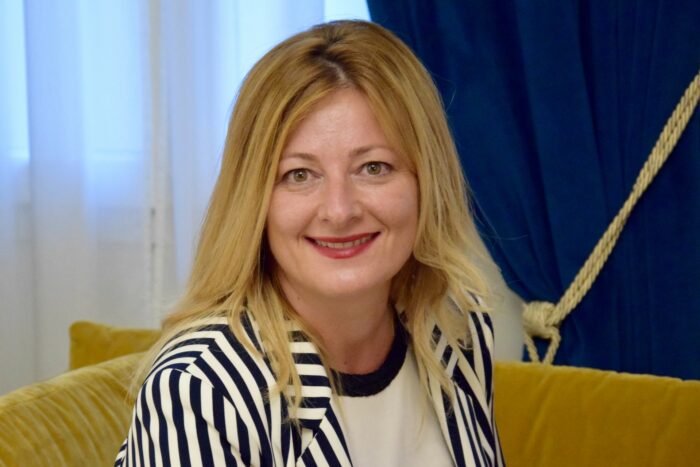
That’s definitely a good start, Marina, with your congratulations. Instead, I want to ask you how strong is the value of contamination for Aina Kari, for you who have put together different and sometimes distant realities.
Contamination for Aina Kari is fundamental, because for this project I wanted widespread creativity. I was very keen to ensure that the production was exclusively Italian, in my opinion hyperlocal is important above all in terms of sustainability. But this didn’t stop me from bringing together creative minds from the United States, London, Paris and many parts of the world. Different and sometimes even conflicting ideas that have increased the quality of the product.
Speaking precisely of product quality, where does this desire to create a project so strongly linked to art and craftsmanship come from?
This question makes me smile because at this moment (early October, ed) we are in Venice after the lockdown, full of tourists and very lively. The project, on the other hand, was born in the middle of a pandemic last year, when the city was deserted and the glassworks almost all stopped. It was a moment of crisis for Murano craftsmanship, so my first collection, with which I wanted to give a signal to restart, is inspired by the “Commedia dell’arte” and dedicated to Venetian art and Murano glass in particular. A tribute to a period of few certainties.
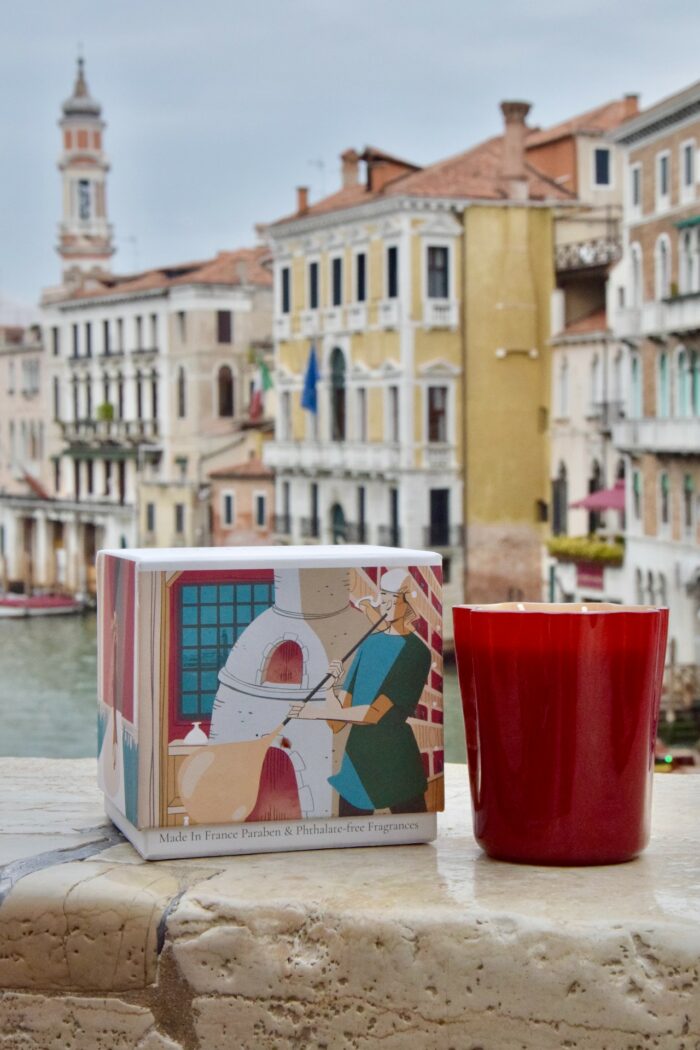
In addition to Venice, where do you imagine Aina Kari’s design candles?
Those of Aina Kari are certainly design candles, in which the design component plays a central role. I can easily imagine these candles in a living room or office with nice decorations. The shades and the chromatic range that I have chosen are suitable for both vacation environments and domestic or professional spaces, and why not also in concept stores. Any environment whose design is contaminated by art objects or vintage elements lends itself perfectly to Aina Kari candles. I really like the mix and match between the old and the new, between traditional craftsmanship and unique pieces of new design.
Yours are always very elegant imaginaries, which are somehow embraced by the sensuality of the fragrances. Speaking of imagery, if Aina Kari were a famous person, who do you think it would be?
I want to answer this question starting from the origin of the word Aina Kari. We are in the 1600s, when Armenian shopkeepers brought Venetian glass, particularly famous already at the time, to Persia. During these journeys, the pieces of glass broke before reaching their destination. Their value, however, was already so high in the perception of time that no piece of glass was wasted. These shards were used to decorate Persian palaces. This decorative art was called Aina Kari. So if I have to imagine a character to associate with Aina Kari, I think of Shahrazād, the protagonist of “One thousand and one nights”. The stories with incense, perfumes, wrapped in mystery, the pleasure of discovering, are all horizons that have inspired me.
The fragrances and colors chosen for your collection have this eternal call to exploration, to deep knowledge. Where do these inspirations come from?
Each color and each fragrance has its own appeal. Nothing is done by chance or left to fate. The candle 600, for example, since it is reminiscent of a bride’s dress, has a fragrance of orange blossom and Egyptian jasmine, with the thousand white petals of the vase. The Play collection, on the other hand, is dedicated to the characters of Arlecchino and Colombina, and the predominant colors are red and white. Perhaps not everyone knows that Harlequin’s costume was initially all white. Columbine’s character is always sparkling, full of love, so her color could only be red. Everything must be coordinated with the historical tradition and with the modern meaning.
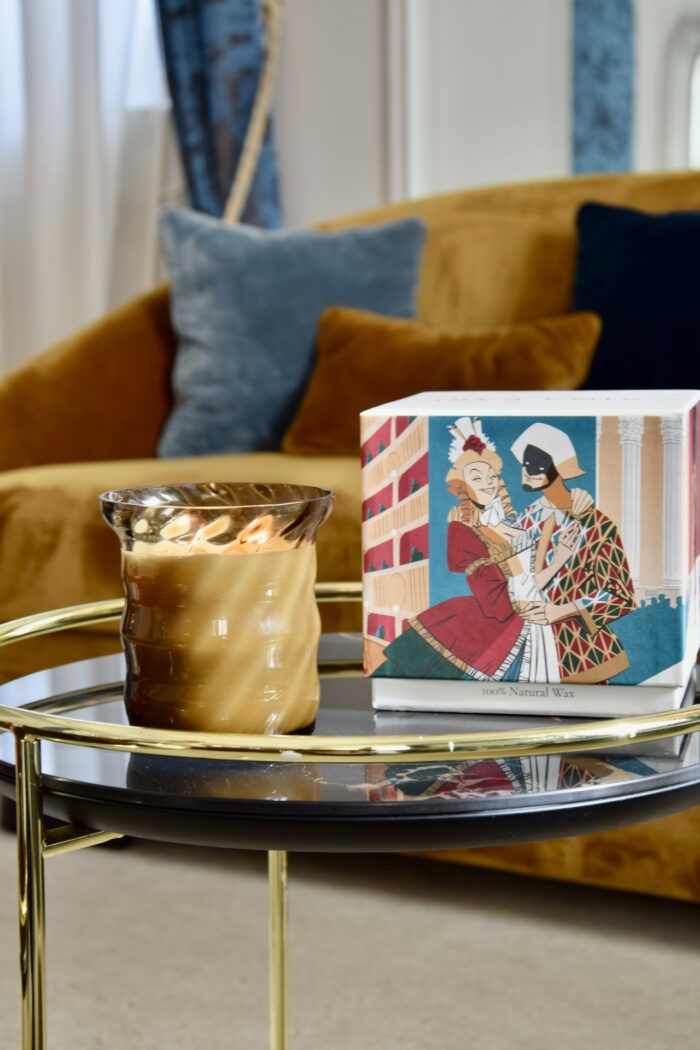
What would you recommend to young people who would like to approach the world of craftsmanship?
Surely Murano art is ancient, known all over the world and capable of making people fall in love with its particularity and refinement. However, we must ensure that young people also come to this world. What I have done is to study packaging with very modern and lively graphics, designed ad hoc to intrigue young people. I think that with a story it’s easier to convey the history of Murano well. The important thing is certainly to study the tradition and the territory, meeting the artisans in person, seeing personally how the glass is blown, what are the problems, what are the pigments to use, the shapes, the grinding. I advise young people to experience this territory firsthand.
What role did women play in this design path? Tell us your experience.
I am very lucky because in this Aina Kari launch path I have met fantastic people who are passionate about my reality. You are obviously one of them. The Aina Kari brand was born together with the London studio Hyd and the Portland designer Irina Flore. The fragrances were perfected in the Paris studio Flair. Each piece of this project has been supported and studied by women. There was a lot of joy, a lot of energy and a great desire to do things around Aina Kari. I also considered it important to keep this contact with abroad strong, to have a different vision and an “out of the box” thought.
This is because, as you told us at the beginning of this interview, you strongly believe in the value of contamination. Dwelling on Aina Kari’s upcoming projects, I know that in the coming weeks there will be the official launch at the Rinascente in Milan. Can you tell us something more?
We are very lucky and very proud to have the launch of Aina Kari in the coming weeks at the Rinascente in Milan, because it is the Italian point of excellence when it comes to shopping. Among other things, Rinascente was elected the most luxury department store in the world. It has won various awards in this sector. Aina Kari remains an Italian project, with solid roots here, so there could not have been a better place to start. My next goals are linked to the desire to make Murano art known also abroad, but with younger graphics and approaches related to the home fragrance sector. Abroad we always get excited in front of the Italian wonders.
I would like to conclude this interview with an unpublished anecdote related to Aina Kari. Is there something you want to reveal to us?
I have a particularly fruitful collaboration with designer Irina Flore, who understood my intention to use glass processing in the field of home fragrances and candles. She was trained in France and is a profound connoisseur of glass processing techniques. After many months of collaboration, of technical drawings sent, I decided to dedicate an interview to her for our website. Reading her words I realized that she’s Romanian too. We had e-mailed each other in English for months, but only in this occasion did we realize that we were both Romanian. This brought us closer together, even though we chose to continue conversing in English.

